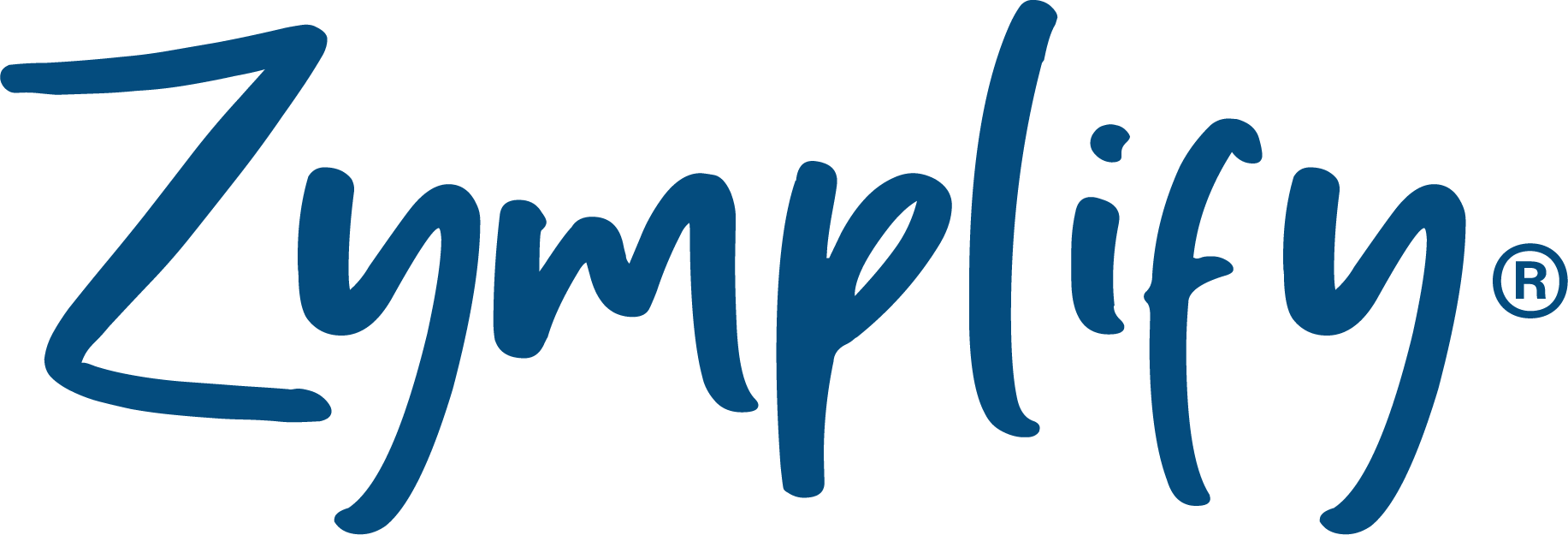If you’ve been in sales for any length of time, you’ve probably heard the term “elevator pitch”.
You may have wondered, what exactly is an elevator pitch and what is the origin of the name?
An elevator pitch is a brief, persuasive speech that you use to spark interest in a project, idea, or product – or in yourself. A good elevator pitch should last no longer than a short elevator ride of 20 to 30 seconds – hence the name.
The term “Elevator pitch” is attributed to Elisha Otis, the founder of the Otis Elevator Co. and inventor of a safety device that prevents elevators from falling if the hoisting cable fails. He invented the “elevator pitch” in 1853 when he did a demonstration of the new elevator safety mechanism at one of NYC’s then largest convention centres.
The moment marked two firsts. It was the first demonstration of an elevator safe enough to carry people. And it was a simple, succinct, and effective way to convey a complex message in an effort to move others – the world’s first elevator pitch.
Why is a Good Elevator Pitch Important?
Some people think that this kind of thing is only useful for salespeople who need to pitch their products and services. But you can also use them in other situations.
For example, you can use one to introduce your company to potential customers. You could use them in your company to sell a new idea to your CEO or to tell people what you do for a living.
Most often an elevator pitch is used to attract and keep the attention of a sales prospect. In today’s world of battling for the consumer’s attention amongst the barrage of constant information, attracting and keeping the attention of a prospect is often determined by what you say in the first minute or less.
So what are the steps to creating a compelling “elevator pitch”?
Creating an Elevator Pitch
It pays to take time and get your presentation to sound natural and convincing. You may need to write a number of drafts to find one that seems to fit.
These are general steps that can help you develop a solid pitch, but remember that you may need to vary these steps depending on what your pitch is about.
Identify the Objective
What goal do you have in mind?
Are you conveying information about your organization to prospects? Are you trying to come up with a wow factor about your product? Or are you just trying to establish credibility with the prospect by selling yourself?
Explain What You Do
Start by describing what your company does. Focus on the problems that you solve and how you help people. Back that up if possible with information that reinforces your value proposition.
Communicate Your Product Differentiators
Your elevator pitch also needs to communicate what is unique about your product or services. Catching your subject’s attention with what sets you and your offerings apart is critical to gaining attention.
Engage With a Question
After laying the groundwork by explaining what you do and your value proposition, you need to engage your audience. To do this, prepare open-ended questions (questions that can’t be answered with a “yes” or “no” answer) to involve them in the conversation.
Put It All Together
When you’ve completed each section of your pitch, put it all together. Cut out anything that is extraneous and doesn’t add anything to the pitch.
Then, read it aloud and time it to see how long it takes. It shouldn’t be too long, the rule of thumb is no longer than 20-30 seconds. Otherwise, you risk losing the person’s interest.
Practice
Practice makes perfect. Your delivery- the tone of voice, enthusiasm, natural effect and sincerity are all critical to making a memorable elevator pitch.
Practice your pitch regularly. The more you practice, the more natural your pitch will become. You want it to sound like a smooth conversation, not an aggressive sales pitch.
Be aware of your body language as you talk. Body language conveys just as much information to the listener as your words do. Practice in front of a mirror or in front of colleagues until it sounds like normal conversation.
The key to a successful elevator pitch is to make it sound like it’s not a canned speech, even though that may accurately describe it. Work hard to make it sound like it’s not just memorized, but more spontaneous and fresh. If you do that, you’ll have something that grabs people’s attention and gives you an opening to sell your goods and services!
[button link=”https://zymplify.com/register.php” color=”orange” newwindow=”yes”] Start my free trial[/button]
More from Zymplify
Managing My Multichannel Marketing
Top B2B Lead Generation Techniques



